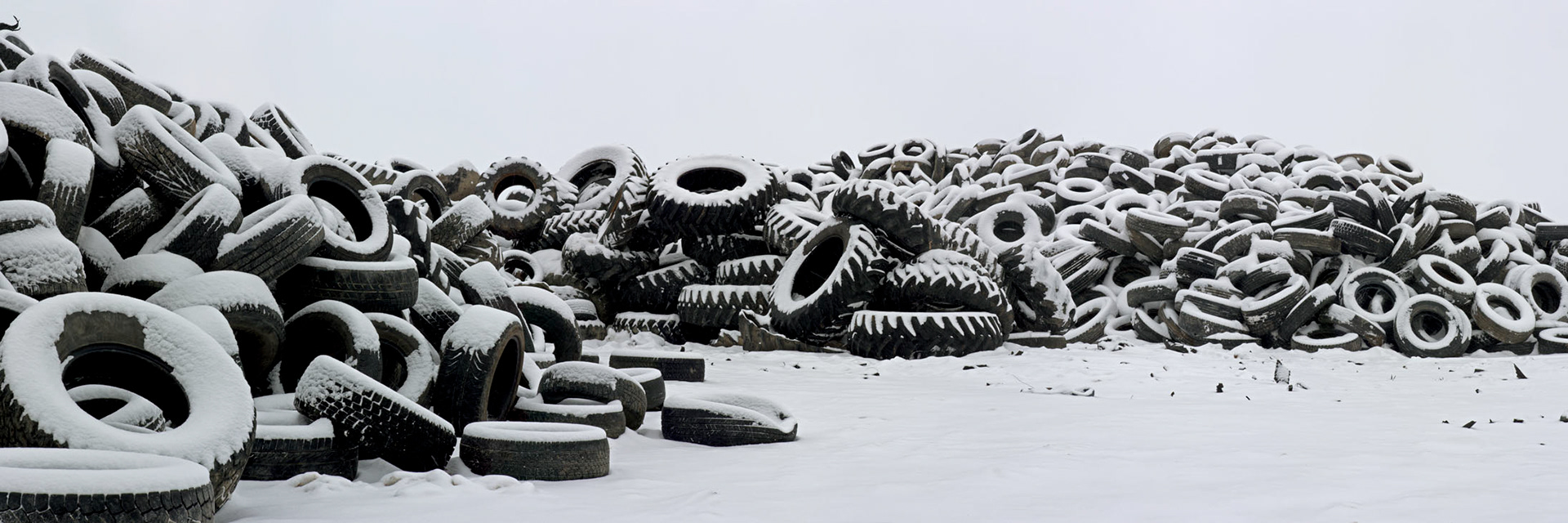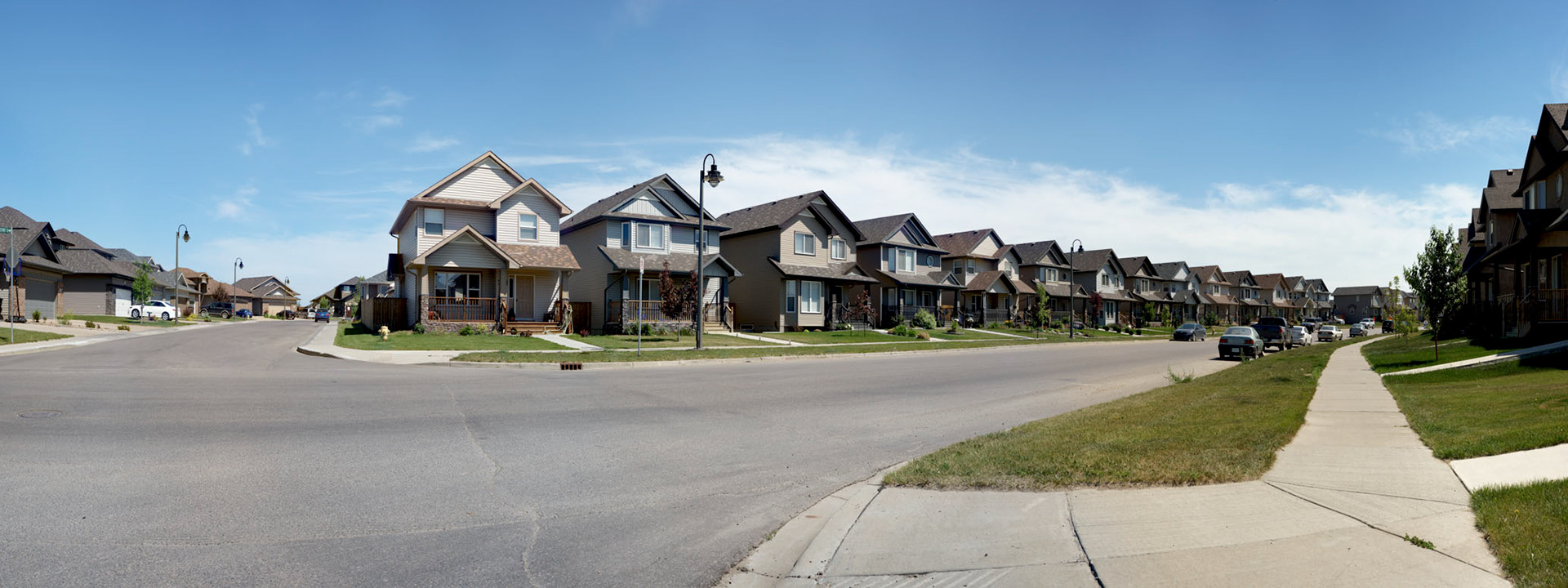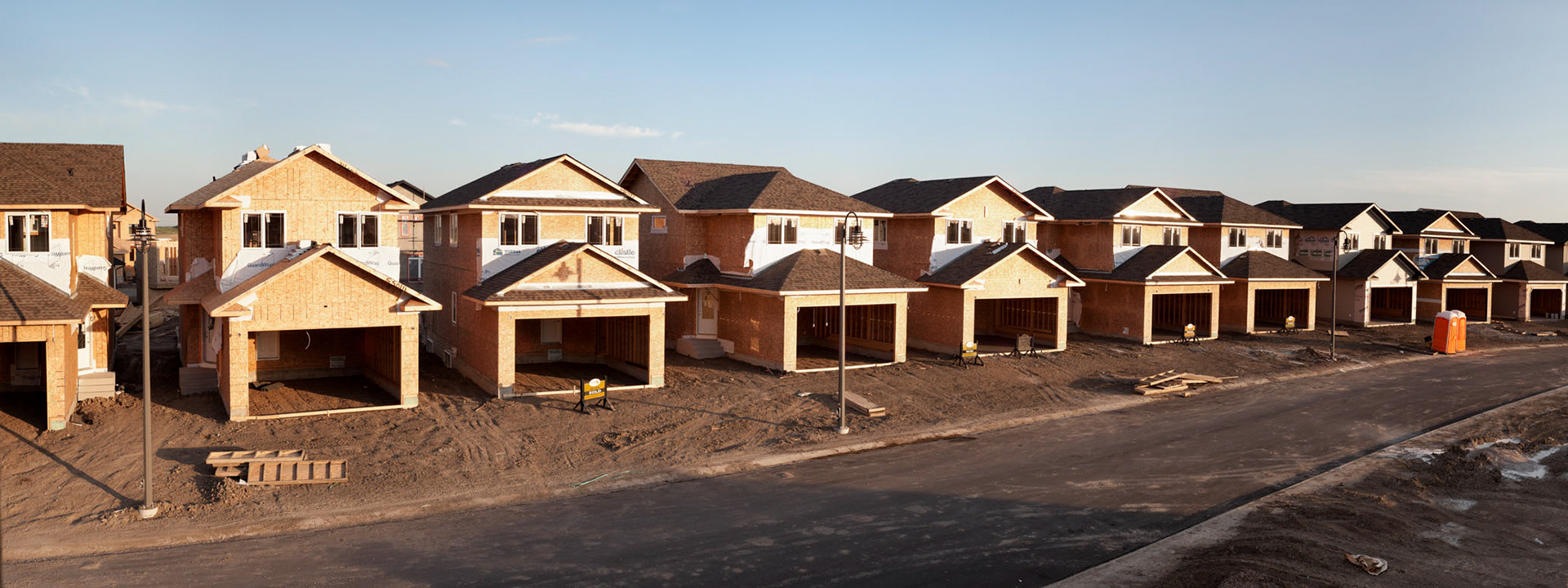A Tale of Two Cities










The Windsor/Detroit area is heavily imprinted with signs of its primary industry, a feature that sets its landscape apart from other regions. There are many subtle alterations to the environment as a result of the automotive industry; for example, a local park that was once an automobile test track is now a walking/running track, and a former-manufacturing plant has been re-purposed as an art school.
In comparison, when most people think of Saskatchewan they envision endless prairies, vast sections of farmland, and a simple, wholesome lifestyle. For those who have grown up here, they know that Saskatchewan has more to it than meets the eye: a wealth of resources, vibrant city life, an assortment of cultures, expanding industry, and a thriving technology sector.
In recent years, this growth has led to some radical change, especially in cities like Saskatoon, which was recently named Canada's fastest-growing city. The boom, or “Saskaboom” as it has been dubbed, has resulted in a sudden rise in population (27.7 per 1,000 people between July 1, 2009, and June 30, 2010), followed closely by mass urban sprawl. Immigration is the leading force behind the boom, which fuels nearly half of the population growth.*
My intent is to document and compare the thriving industries within each city, and how they have impacted the landscape. For Windsor, the focus is on the ubiquitous automotive businesses that emerged in droves as a result of the industry’s historic success. As it stands today, the urban landscape is littered with derelict places that continue to leave their indelible marks. For Saskatoon, it is the thriving changes and expansions within the housing industry that has resulted in a similarly unattractive scene consisting of tract housing and massive urban sprawl. A Tale of Two Cities provides a visual exploration and critical comparison of these two cities based on their current economic situations.
*http://news.nationalpost.com/2011/07/20/saskatoon-the-fastest-growing-city-in-canada/
Shercom Industries - Saskatoon, SK (2010) 18" X 56"
Amigos Auto Wrecking - Saskatoon, SK (2010) 18" X 48"
Gordon Road - Saskatoon, SK (2011) 18" X 48"
Crawford Avenue - Windsor, ON (2011) 18" X 48"
Ashwood Crescent - Saskatoon, SK (2011) 18" X 48"
Greenview Crescent - Windsor, ON (2011) 18" X 48"
Stonebridge - Saskatoon, SK (2011) 18" X 48"
Malden Park - Windsor, ON (2011) 18" X 48"
Mcormand Drive - Saskatoon, SK (2011) 18" X 48"
Chrysler Plant Car Lot, Central Avenue - Windsor, ON (2011) 18" X 48"
